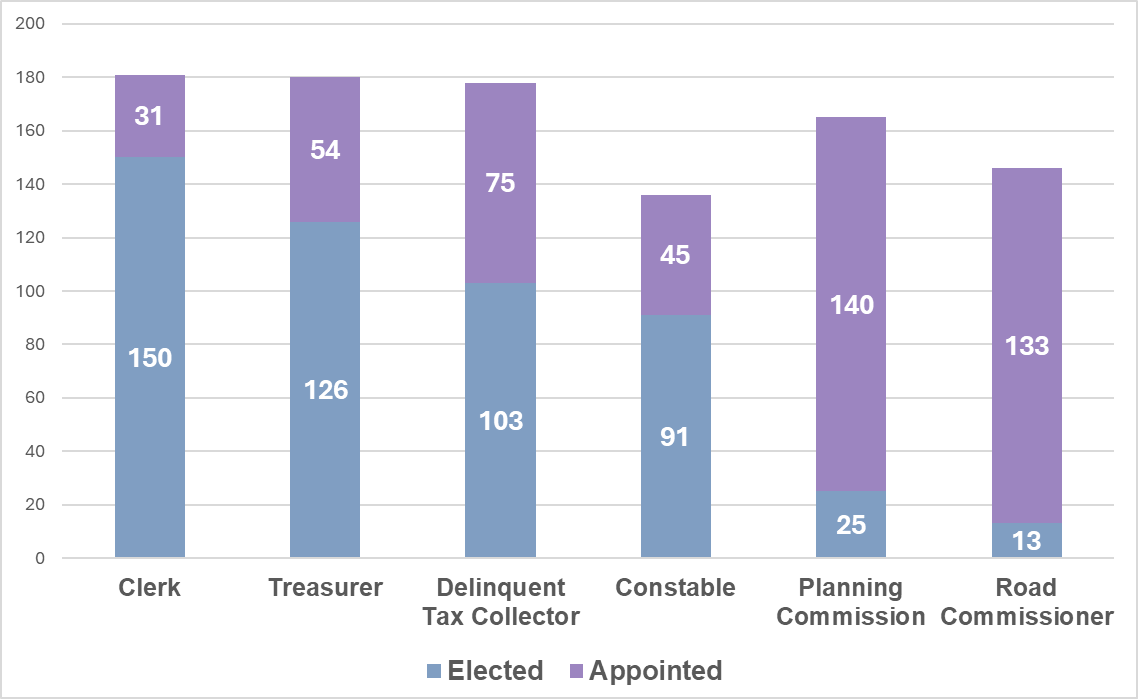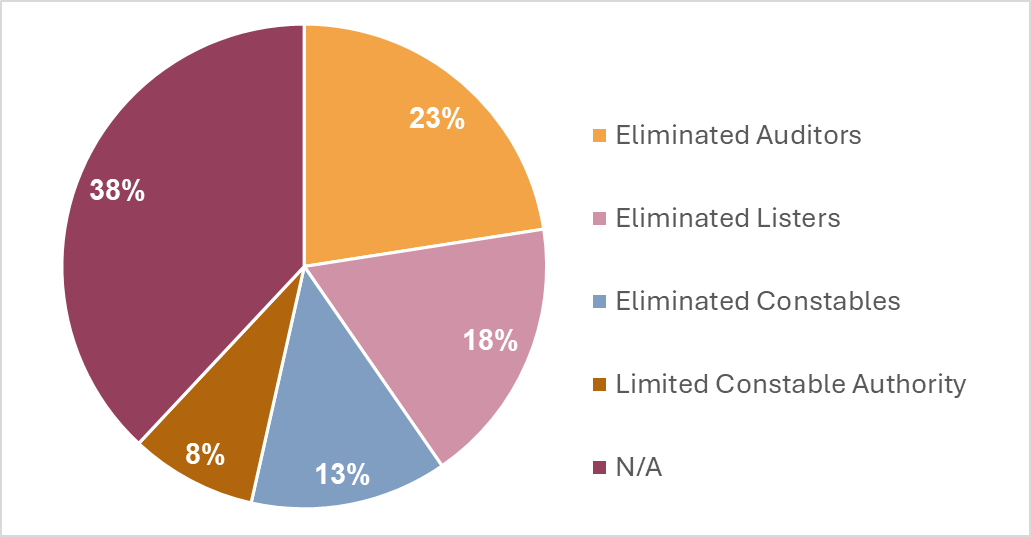VSC Zoning Decisions: Highlights of Three Recent Cases
The Vermont Supreme Court (VSC or the Court) has recently issued three rulings on land use related cases that reaffirm our understanding of best practices to ensure enforceable local permitting decisions. One has been sent back (remanded) to a lower court, and we will keep you updated on how it’s resolved. For now, here are the takeaways:
- Zoning bylaws must be clear and specific to accomplish the town’s intent. Any lack of clarity will be resolved in favor of the owner/applicant. See this Williston case in which the Court allowed a dog kennel to operate as a home business with outdoor activities when the town tried – but failed – to craft the regulations in a way that would prohibit all outdoor activity for home businesses: In re Pederzani Administrative Appeal, 2024 VT 82, 24-AP-074.
- Statutory notice of violation procedures satisfy due process. The court ruled that the minimum statutorily required notice of violation procedures are sufficient to satisfy constitutional due process requirements of notice. The court explained due process only needs to be “reasonably calculated, under all circumstances, to apprise interested parties of [pending] action [against them] and afford them the opportunity to present their objections.” Town of Duxbury v. Anthony Kessler, No. 23-ENV-00128, Vermont Superior Court, Environmental Division, December 9, 2024.
- An evaluation of private property rights by the Environmental Division of Vermont Superior Court (Environmental Division) may be necessary to issue a subdivision permit where the applicant does not have frontage on a public road. In a very fact-dependent case, the Court determined that the Environmental Division must evaluate the existence of an easement or right of way when reviewing a subdivision permit based on the existence of a permanent easement or right of way. Contrasting this case with others where the Environmental Division does not have jurisdiction over deciding private property rights, the Court explained that the Environmental Division has jurisdiction to decide questions of private property rights where the existence of an easement is the very question before them. The Court sent the case back to the Environmental Division to decide the question of whether the applicant has a legally binding easement or right of way as required for the subdivision of property. See In re Ranney Dairy Farm, LLC Major Subdivision Appeal-Westminster DRB Permit No. 21-70, 2024 VT 66, No. 24-AP-009.

